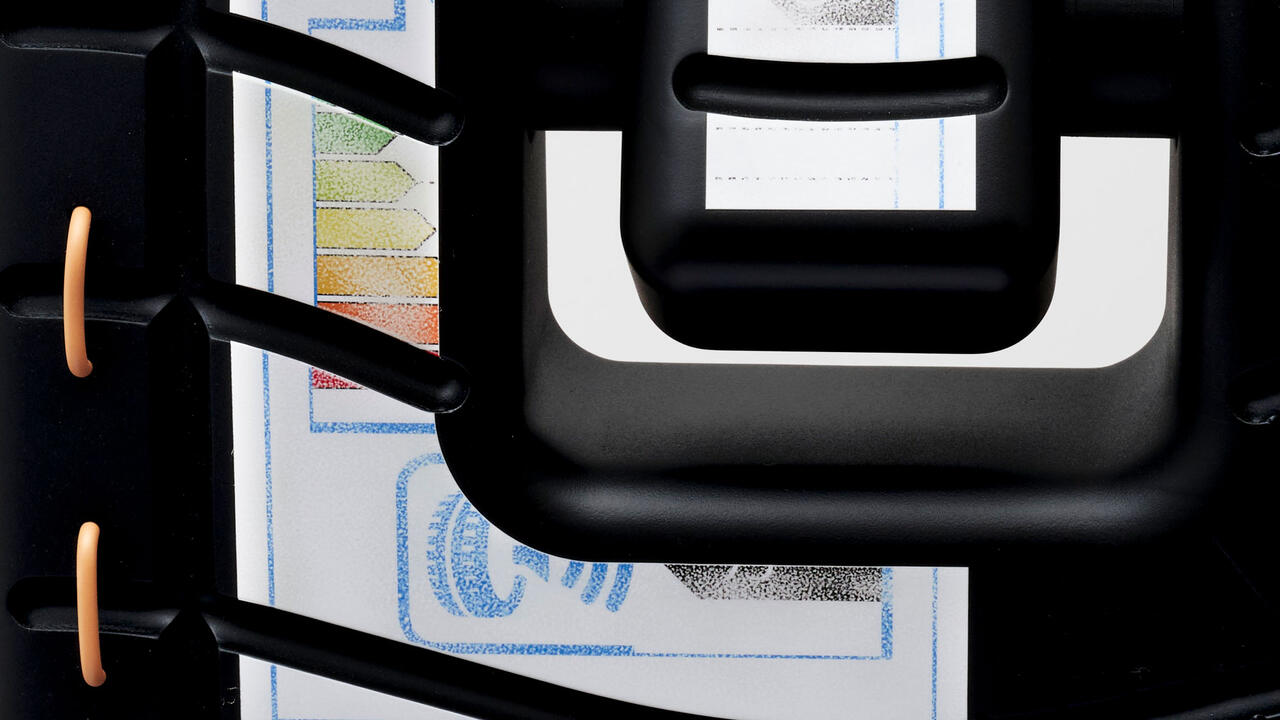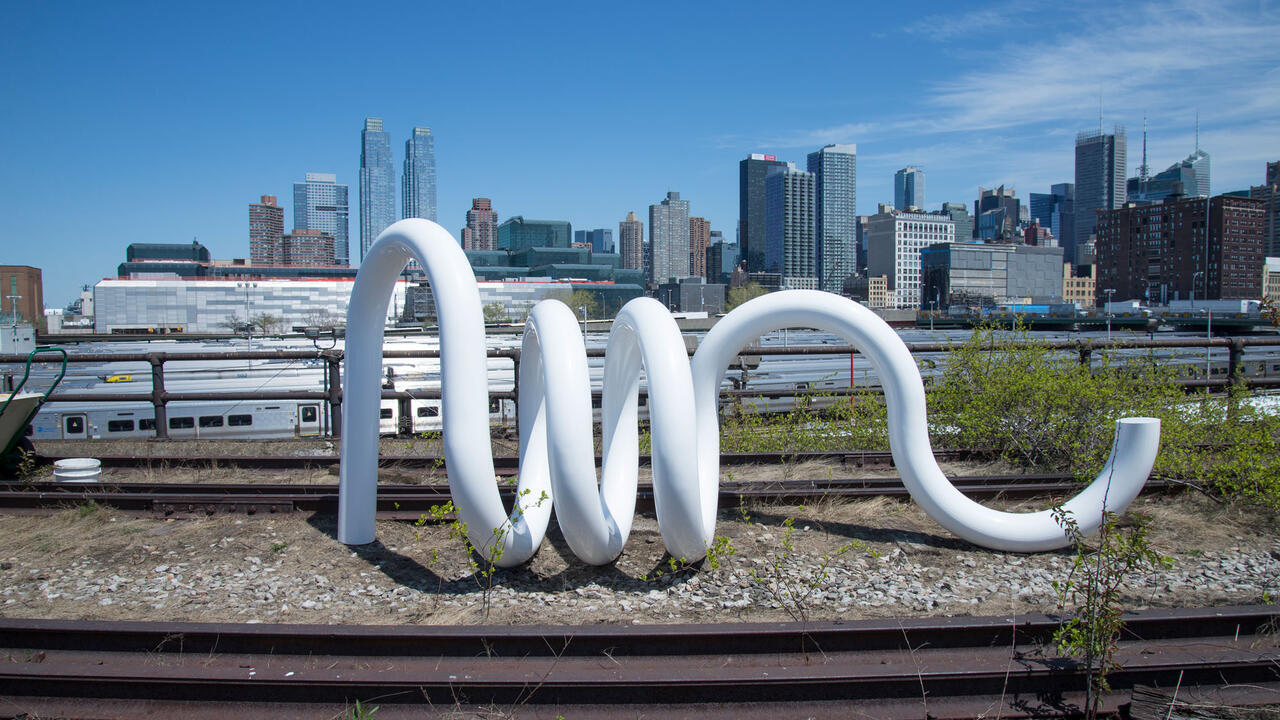James Casebere

James Casebere makes models of institutions such as prisons, schools and hospitals. Although impermanent and fragile, these copies faithfully imitate the often imposing architecture and masterful construction of the originals. Casebere then photographs them, creating images of strangely unfamiliar, yet recognisable, locations. Over the past 20 years or so, the artist has made a significant contribution to photography, his project having been both of, and for the times: dealing with the distribution and operation of authority, and the development of a critical method of representation by way of fabrication.
Illuminated by an arch window, the pallid grey scene in Tall Stack of Beds (1997) is ambivalent: we look down a corridor at a jumble of iron beds, whose careless and hurried arrangement implies institutional decline. A similar scenario is witnessed in Toppled Desks (1997). Abandonment and disorder are signified by the strewn furniture, lying unordered and undisciplined in a forgotten schoolroom. Both images have an archival character - their composition, framing, and black and white tones denoting a traditional presentation of history. This purportedly objective point of view is familiar, encountered daily in news coverage, but Casebere's explicit fabrication challenges us to compare and contrast the images they emulate.
Indeed, this critical approach is exemplified by the one image in this show that represents an exterior, Sing Sing (1992). Offering a dramatic nocturnal view of the notorious penitentiary, the image is an obvious fabrication. A monumental prison block looms out of the darkness, its serried ranks of windows empty and remote. The sheer walls are exposed in the glare of a powerful light, which touches the threatening perimeter wire - an environment which imparts an unequivocal message of containment and concealment. Whatever is put inside will stay inside, hidden from the view of the outside world. But the prison building is made from flimsy material, whilst its environs are too simplistic to pass for reality. In re-making the prison as a model, Casebere questions the meaning of incarceration. The architecture, the social ideals it embodies, and the technique of the artist are all emphasised as constructs of a particular place and time. The highly apparent mediation of the image refutes the persistent idea of the photograph as complicit in documenting the way things are.
Enigmatic spaces within claustrophobic tunnels and airless corridors are also included in this show. Devoid of inhabitants and bereft of decoration, the subterranean warrens in Two Tunnels from the Right (Horizontal) (1998) and Tunnel with Dark Hole (1998) portend disorientation and entrapment. A choice of direction is relentlessly offered by these tunnelscapes: forward or backward, left or right. This necessity of making quick decisions, without information or orientation, is reminiscent of movie escape plots and computer action games. The inhumane institutional environment is a common backdrop to a dramatic escape - the fantasy of flight being a condition we readily empathise with. Looking into these images from the safety of the gallery, it is easy to suspend disbelief, and engage with the challenges presented by such oppressive environments. By enabling this flight of fancy, Casebere's simulated tunnels and corridors offer mental interaction with realms not usually encountered.
Moreover, Casebere's chosen method has the invasive potential of a Trojan horse. The strategic creation of a model environment offers an explicit understanding of occupied territory. Parallels may be drawn between this work and an actual covert incursion that occurred during the 1976 hostage crisis at Entebbe airport, during which a replica Air France plane was constructed. The life-size model aircraft allowed the Israeli special forces, Mossad, to experience the environment before mounting their rescue operation. Thus does Casebere's oeuvre operate: his model constructions allow the viewer covert access to places with restricted entry.














